The Ribosome represents a complex of ribonucleic acid with various proteins. There the protein synthesis takes place according to the nucleotide sequence stored in the DNA by translation into a polypeptide chain.
What is the ribosome?
Ribosomes consist of rRNA and various structural proteins. The rRNA (ribosomal RNA) is transcribed in the DNA. There are genes for the synthesis of ribosomal RNA in the form of rDNA. The rDNA is not transcribed into proteins, but only into the ribosomal RNA.
The rRNA serves as the basic building block of the ribosomes. There it catalyzes the translation of the genetic information of the mRNA into proteins. The proteins within the ribosomes are not covalently linked to the rRNA. They hold the structure of the ribosome together, while the actual catalysis of protein synthesis is carried out by the rRNA. The ribosomes consist of two subunits that are only assembled into a ribosome during protein synthesis. Their building blocks are synthesized on the DNA in the cell nucleus.
This is where both rRNA and the proteins are produced, which combine to form the two subunits within the cell nucleus. They reach the cytoplasm via the nuclear pores. In a eukaryotic cell there are 100,000 to 10,000,000 ribosomes, depending on the protein synthesis activity. In cells with very active protein synthesis there are more ribosomes than in a cell with less activity. In addition to the cytoplasm, ribosomes also occur in the mitochondria or in the chloroplasts of plants.
Anatomy & structure
As already mentioned, the ribosomes consist of rRNA and structural proteins, which are responsible for the correct positioning and cohesion of the structure. After the synthesis in the core, two subunits are formed, which only come together during protein synthesis through contact with the mRNA to form a ribosome.
After the biosynthesis of the protein has ended, the corresponding ribosome breaks down again into its subunits. In mammals, the small subunit consists of 33 proteins and one rRNA, and the large subunit consists of 49 proteins and three rRNAs. Upon contact with the mRNA, which carries the genetic information of the DNA for a certain protein, the two subunits combine to form the actual ribosome, and protein synthesis can begin.
The ribosome proteins are more on the edge. The ribosomes can exist freely in the cytoplasm or membrane-bound in the endoplasmic reticulum. In doing so, they constantly switch between the free and membrane-bound state. The ribosomes in the free cytoplasm produce proteins that should also enter the cell plasma. Proteins are formed on the endoplasmic reticulum and then enter the lumen of the ER via the cotranslational protein transporter. Usually these are proteins that are formed in secretion-forming cells such as the pancreas.
Function & tasks
The function of the ribosomes is to catalyze protein biosynthesis. The actual genetic information for the proteins is carried by the mRNA, which is transcribed on the DNA. After it leaves the nucleus, it immediately binds to a ribosome for protein synthesis. The two sub-units come together.
Furthermore, individual amino acids are transported from the cytoplasm to the ribosomes by means of tRNA. There are three tRNA binding sites there. This is the aminoacyl (A), the peptidyl (P) and the exit point (E). At the beginning of protein synthesis, two positions, the A and P positions, are occupied by tRNA loaded with amino acids. This state is called the pre-translational state. After the formation of a peptide bond between the two amino acids, the post-translational state occurs, with the A site becoming the E site and the P site becoming the A site and a new tRNA docking three nucleotides further at the new P site.
The former P-site tRNA, freed of its amino acid, is now channeled out of the ribosome. The states oscillate continuously during protein synthesis. A high activation energy is required for each change. The individual tRNA molecules dock on the respective complementary codon of the mRNA. Protein synthesis takes place between the two subunits of the ribosome in a tunnel-shaped structure. The actual biosynthesis is controlled by the large subunit of the ribosome.
The small subunit controls the function of the rRNA. As the synthesis takes place in a kind of tunnel, the unfinished protein chains are protected from being broken down by repair enzymes. In this form, these proteins would be recognized as defective in the cytoplasm and immediately broken down. When the protein synthesis is complete, the ribosome breaks down into its subunits.
Diseases
A disruption in protein synthesis can lead to serious health problems. An orderly sequence of this process is essential for the life functions. However, there are some mutations that affect the structural proteins or the mRNA.
A disease in which mutations in ribosomal proteins are suspected to be the cause is known as diamond blackfan anemia. Diamond Blackfan anemia is a very rare blood disorder in which the synthesis of red blood cells is impaired. Anemia develops, which prevents the organs from being adequately supplied with oxygen. Treatment consists of life-long blood transfusions. There are also other physical malformations.
According to one theory, the malfunction of ribosomal proteins should lead to increased apoptosis of progenitor cells of erythrocytes and thus cause anemia. Most mutations occur spontaneously. Heredity of the syndrome can only be proven in 15 percent of all cases.

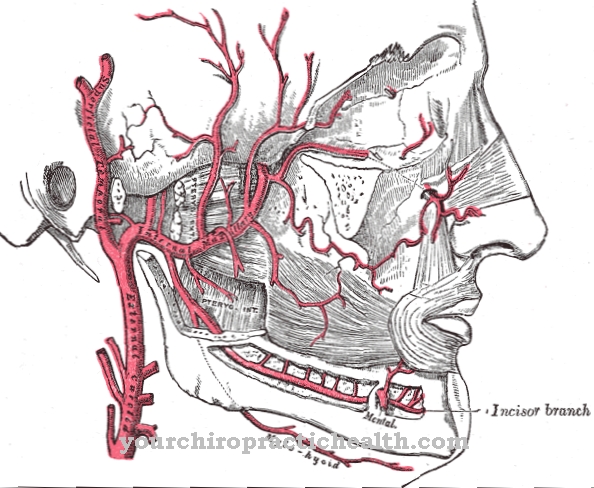
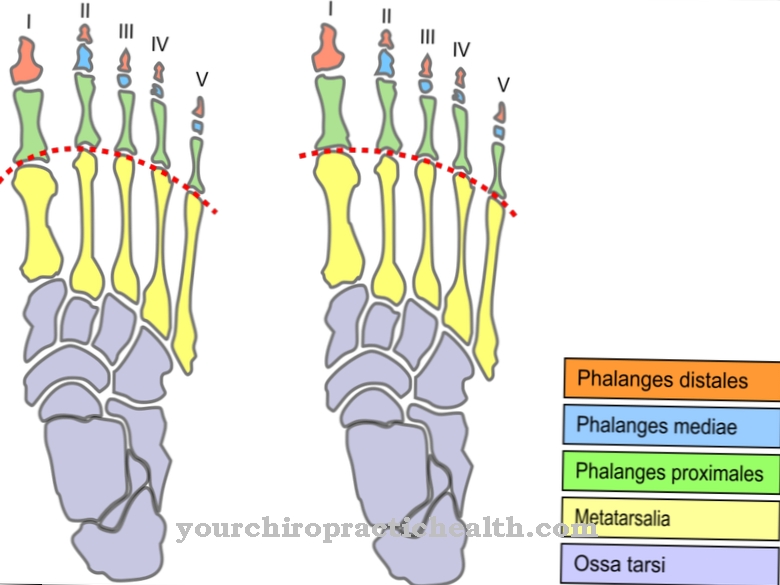
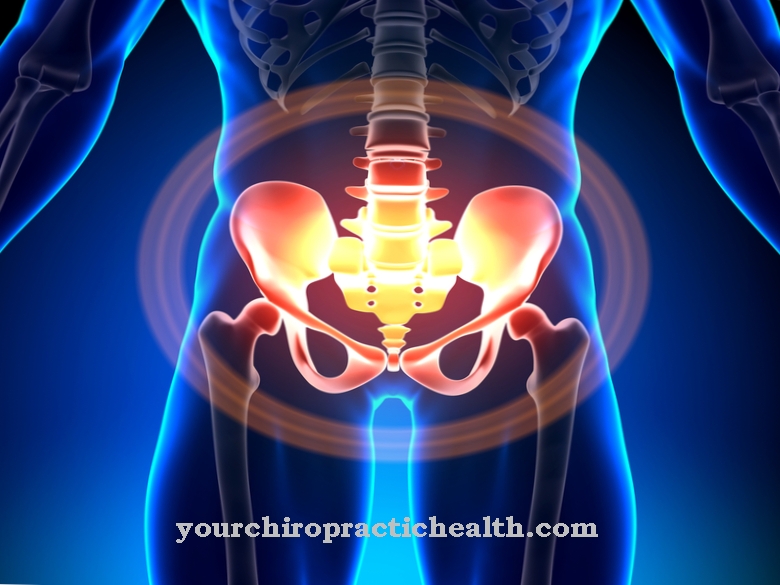
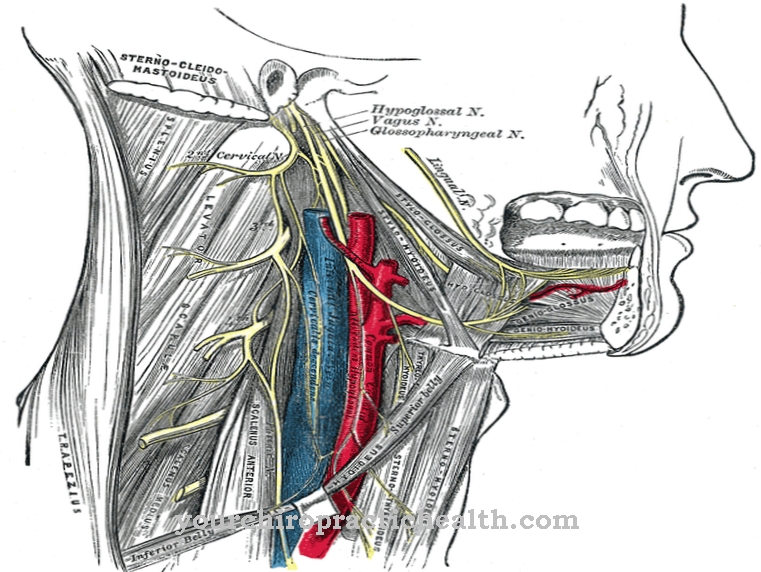
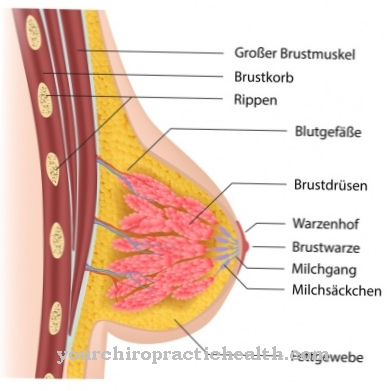
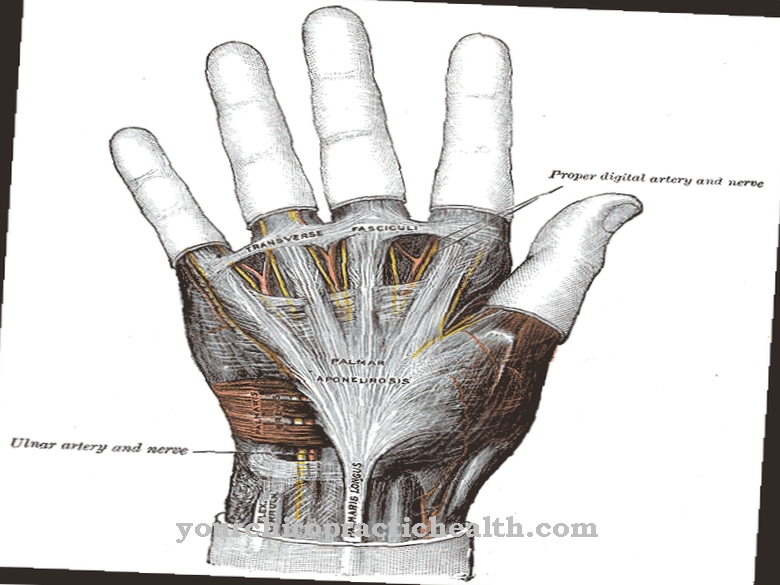






.jpg)

.jpg)
.jpg)











.jpg)